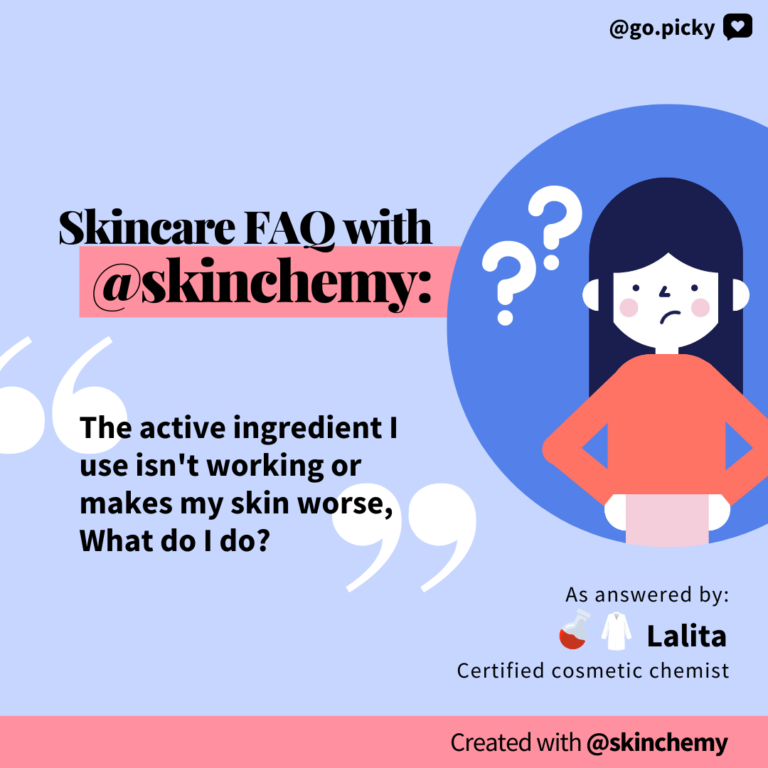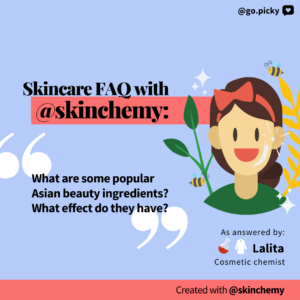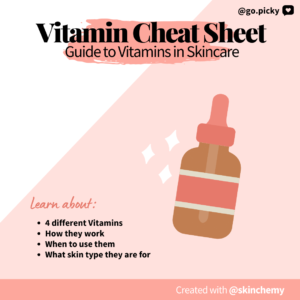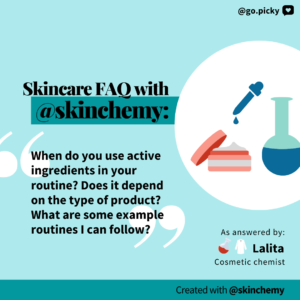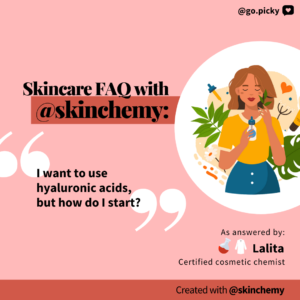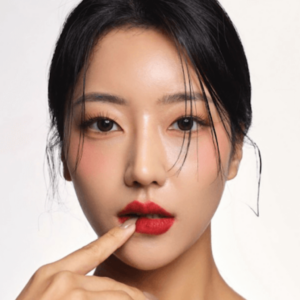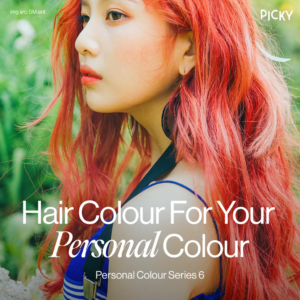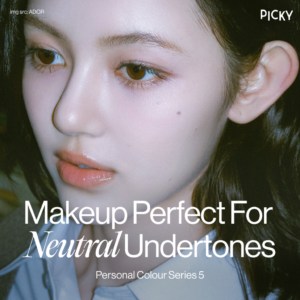Q. The active ingredient I use isn’t working or seems to be making my skin worse. What do I do?
A. Skincare is all about trial and error. And unfortunately, if an active ingredient isn’t working, it’s not meant for your skin type. But, trying out alternatives can better lead you to finding the right one for you!
First, let’s break it down by the four most used active ingredients, then go one by one to see why each active ingredient isn’t working for you and what you could try instead! Of course, everyone’s skin is different and will react differently to these active ingredients. Remember: be kind to your skin. If there is a reaction, stop using that ingredient!
BHA/AHA
BHAs/AHAs are active ingredients that can help remove dead skin cells, fight acne, control sebum production, and soothe irritated skin. However, if these acids aren’t working, you’ll notice that your acne isn’t going away and your skin isn’t getting smoother, but instead looks more dull.
If BHA/AHA isn’t working for you, try some of the alternatives like Benzoyl Peroxide, Retinoids, and Sulfur, which are ingredients that can help reduce acne. But, if your acne is chronic and cystic, then it’s probably best to visit your dermatologist.
Niacinamide
Niacinamide is great for anti-aging since it smooths skin and helps with pores. In addition to strengthening the skin’s barrier, it’s also a strong acne-fighting ingredient. However, if this active ingredient isn’t working for your skin, you’ll notice that there is no improvement in hyperpigmentation, skin still looks uneven, and that there’s an increased redness. However, this can be a common reaction, so make sure to use a humectant with niacinamide!
It’s recommended to first try and soothe the redness by using humectants and less of the product containing the niacinamide. However, if this still fails to stop the redness, some alternatives to try are low concentration of AHAs and Retinoids.
Retinol
Known for helping with acne, anti-aging, elasticity, and more, retinol is definitely a worthy active ingredient to try! But, if you’re seeing redness, constant irritation, burning, or overly sensitized skin, then perhaps retinol isn’t right for your skin.
First, try and moisturize before and after using retinol. However, if the redness and irritation still persists, we recommend trying alternatives like bakuchoil or granactive retinoid. Both of these show little to no side effects when compared to retinol.
Vitamin C
A powerhouse of antioxidants that brightens the skin and helps with pores. It’s no wonder so many people love to use Vitamin C. But, if your skin continues to look dull and shows no sign of visible improvement, then maybe a Vitamin C derivative would help!
If Vitamin C (ascorbic acid) isn’t working for you, we recommend trying the derivative known as Magnesium Ascorbyl Phosphate which is a more gentle version of Vitamin C. MAP is also the closest in terms of efficacy to Vitamin C and gives results without the added side effects!
Ready to try out some new ingredients? Head on over to the Picky app and use the ingredient filter to find the right product for you! Log into Picky and use our mega ingredient filter to get started. Don’t forget to also follow us on Instagram for more skincare science content!

